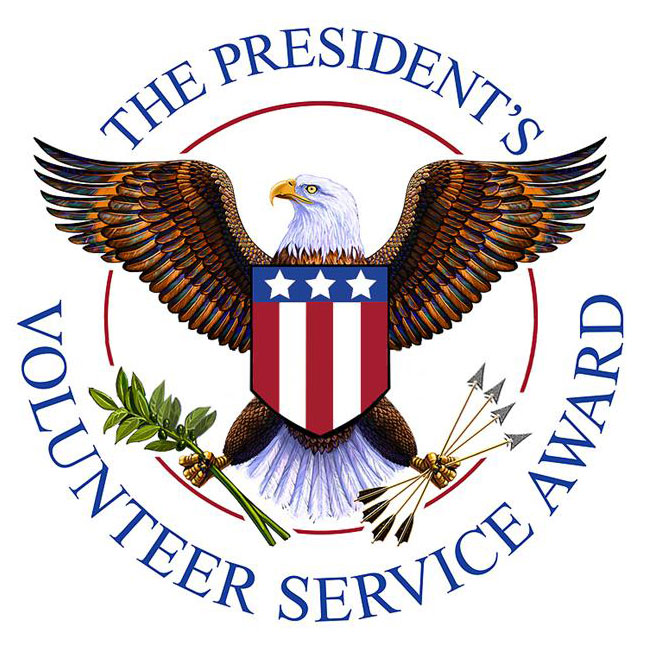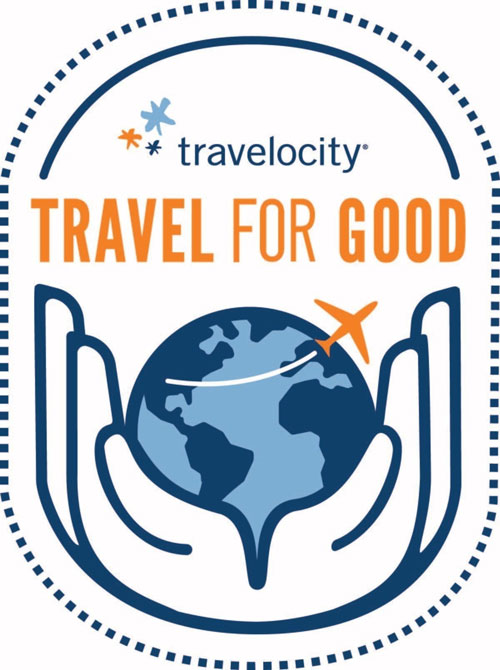This holiday travel season is shaping up to be the busiest and most chaotic in some time as people return to the roads and skies in nearly full pre-pandemic force. As Globe Aware volunteers prepare for travel during this busy holiday season, follow these guidelines to ensure a safe experience.
Tips for Travelers Facing Chaos and Crowds This Season
Patience and preparation are essential if you’re flying or driving over the holidays
By Bill Fink
AARP
November 15, 2021
This holiday travel season is shaping up to be the busiest and most chaotic in some time as people return to the roads and skies in nearly full pre-pandemic force within a weakened travel infrastructure that has yet to revive enough to efficiently meet the demand.
Travel volume has rebounded over the past few months, with increased flight and hotel bookings. AAA is forecasting that 53 million Americans will be on the move Thanksgiving weekend, with 4.2 million traveling by air (closing in on the 4.6 million who flew Thanksgiving weekend in 2019, before COVID-19 hit). Meanwhile, the U.S. is welcoming rising numbers of visitors from other countries, now that it has reopened to international travelers. Misty Belles, managing director of global public relations at Virtuoso, says the travel company's international hotel reservations have increased 30 percent just over the past month.
While not yet reaching 2019 levels, “travel is going to feel busier than normal," Belles predicts. "The majority of us have not been traveling regularly and haven’t faced many crowded situations over the past 18 to 24 months. That will make the upcoming peak travel period seem that much more hectic.”
Adding to the hectic feeling are staff shortages across the travel industry, more flight delays and cancellations, and confusing and changing COVID-19 travel rules.
But by doing some planning and research, applying a few tips and tricks, and bringing a huge helping of patience, you can reduce the holiday travel stress.
Tips for air travel
Avoid the hot spots. If your travel is for vacation, rather than to visit family, and you can be flexible, consider booking a trip to a less popular destination. You’ll skip many of the usual holiday-season hassles and probably save money, as well. (Hotel rates in New York City, for instance, can skyrocket during the holidays.)
Make advance reservations for airport parking. Even off-property lots can fill up during the holiday season. You could look into staying at an airport hotel the night before an early flight; these hotels sometimes have great long-term-parking deals that can offset the price of a night’s stay.
Check rental-car availability. Due to a shortage of rental cars, prices have skyrocketed — sometimes exceeding the cost of a flight — so it may be in your best interest to book flights to match car availability, if you have the flexibility to do so.
Research your destination’s COVID-19-related rules. For international travel, understand what testing and vaccination requirements are in place at your destination.
Even for domestic journeys, look into your destination’s COVID-19 rules; some cities, including Washington, D.C., and New York City, require face masks in indoor public areas (among other requirements). You’ll want to know what to expect as soon as you hit the ground. Individual attractions and businesses may have their own rules, such as requiring proof of COVID-19 vaccination.
Arrive at the airport, and the correct terminal, early. Fliers nervous about travel in the holiday season should allow plenty of time before their flight and do their homework, advises Doug Yakel, public information officer for San Francisco International Airport: “Know which terminal your flight is operating from; getting dropped off in the wrong location can make for a stressful start to a trip. Arrive at the airport two hours prior to a domestic flight, three hours prior to an international flight.”
Get through TSA security screening as efficiently as possible. Try to streamline your boarding process by signing up for and using the Department of Homeland Security's Trusted Traveler programs, including TSA PreCheck and Global Entry. If you aren’t enrolled in one of these programs and need to take off your shoes and jacket, do so before you’re standing in front of the conveyor belt, so you don’t hold up other passengers.
Remember that, due to the pandemic, you’re allowed to bring liquid hand sanitizer in containers of up to 12 ounces in carry-on bags; previously, liquids had to be in containers of no more than 3.4 ounces. You’re also still allowed to use a driver’s license that expired on or after March 1, 2020, as acceptable ID at checkpoints, for one year after the expiration date.
Splurge on lounge access. Consider paying extra to escape the airport crowds and decompress in an airline lounge (or sign up for a credit card that gives you access to the lounges) before boarding. A day pass is about $25 to $40; the LoungeBuddy app allows you to reserve in advance.
Don’t hog overhead bin space. Use the space above your seat, if possible — not the first space you see when you enter the plane. And don’t shove in your coat and other bulky items along with the allowed carry-on bag. Your one personal item, like a purse or laptop bag, should fit under the seat.
Be nice. Don’t cause problems about the rules, and, again, be patient; airlines and the feds are cracking down on unruly passengers' behavior, which has accelerated in recent months. Not to mention that airports and airline workers have plenty of other stressors, including staff shortages. They certainly don’t want to contend with rude customers (nor do other passengers).

Tips for car travel
Those who hit the road may be distressed to see that gas prices are dramatically rising — 65 percent above last year’s levels, averaging $3.42 a gallon nationwide (with California prices the highest, at $4.68 a gallon), according to AAA. “The demand for gas is robust, but the supply is tight,” says Andrew Gross, spokesperson for AAA. “We haven’t seen prices this high since September of 2014.” Here are a few ideas for saving money and lowering stress levels while on the road.
Try to save on gas. A gas station search app like GasBuddy helps you find the best prices on the road. You also can enroll in various branded gas-savings services, such as Shell’s Fuel Rewards program, or apply for gas station credit cards, which offer per-gallon savings and introductory offers that can offset some of the price increases.
Sign up for prepaid toll programs. If you’re driving through any of the 19 states that are part of the E-ZPass toll system, sign up for the prepaid program to conveniently manage transit costs on toll roads, bridges and tunnels. In some areas you can use the pass to pay for express-lane usage to save time during holiday traffic jams.
Take along a paper map, just in case. Using electronic GPS navigation systems while road-tripping is convenient, but bring along paper maps or itinerary printouts as a backup. You never know when cell coverage may drop or batteries may lose charge. And confirm directions with locals at your destination, as they can sometimes alert you to places where inaccurate GPS directions have been leading people astray.
Bring your own water and snacks. Consider packing some lunches and more substantial fare, to avoid long lines at rest stops or having to detour to find food.








